Transplants Wisteria
indiana_matt
11 years ago
Related Stories
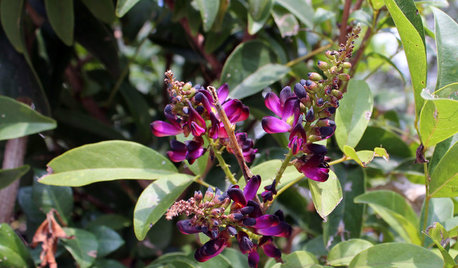
GARDENING GUIDESGreat Design Plant: Millettia Reticulata
Large purple flower clusters grace this robust climbing vine
Full Story
GARDENING GUIDES10 Top Native Plants for the U.S. Southeast
For a low-maintenance and wildlife-friendly landscape, use Southern natives that withstand heat and humidity
Full Story
EXTERIORSCare and Training for a Vine-Covered Home
Love the look but don’t want the ruin? Learn how to have vine-draped walls without all the cracks and crumbling
Full Story
SPRING GARDENINGTop 10 Scented Plants for Your Garden
A palette of perfumed plants can transform even the smallest of gardens into a sensory delight
Full Story
GARDENING GUIDESHouzz Call: What’s Your Favorite Backyard Beauty?
The simple, honest daisy is this writer’s go-to garden flower. We want to hear which plant, flowering or otherwise, gives you special joy
Full Story
GARDENING GUIDES15 Native Flowers That Feed Native Bees
These perennials offer superfood to hundreds of bees and are gorgeous in their own right
Full Story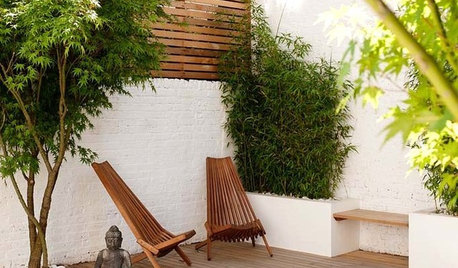
GARDENING AND LANDSCAPINGGive Your Compact Patio Some Major Style
11 ideas and examples to take your outdoor room from snoozefest to stellar
Full Story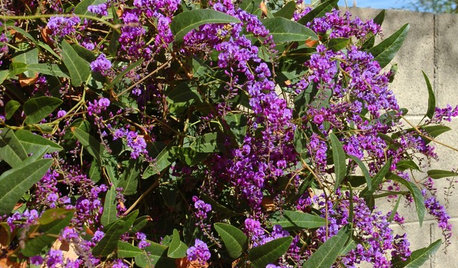
GARDENING GUIDESGreat Design Plant: Lilac Vine for a Purple Profusion in Winter
Grow this pretty, hardy vine on a fence or as a ground cover for blooms throughout the colder months
Full Story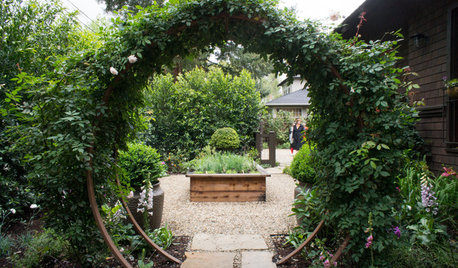
INSPIRING GARDENS5 Gardens to Inspire Your Outdoor Rooms
Get a peek at some exceptional Silicon Valley gardens and borrow ideas for your own landscape
Full Story
EVENTSTour 5 Gorgeous California Gardens
Get a sneak preview of Palo Alto gardens in the 2015 Gamble Garden Spring Tour, happening Friday and Saturday
Full StoryMore Discussions






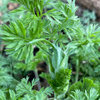

woodyoak zone 5 southern Ont., Canada
mistascott
Related Professionals
Hyattsville Landscape Architects & Landscape Designers · Brooklyn Center Landscape Architects & Landscape Designers · Tempe Landscape Contractors · Tempe Landscape Contractors · Fairhope Landscape Contractors · Hoover Landscape Contractors · Live Oak Landscape Contractors · Los Banos Landscape Contractors · Mount Kisco Landscape Contractors · San Antonio Landscape Contractors · San Benito Landscape Contractors · St. Louis Landscape Contractors · Tacoma Landscape Contractors · Waltham Landscape Contractors · Weymouth Landscape Contractorsindiana_mattOriginal Author
mistascott
woodyoak zone 5 southern Ont., Canada
mistascott
indiana_mattOriginal Author
woodyoak zone 5 southern Ont., Canada
indiana_mattOriginal Author
woodyoak zone 5 southern Ont., Canada
katob Z6ish, NE Pa
debbyfain1969
woodyoak zone 5 southern Ont., Canada